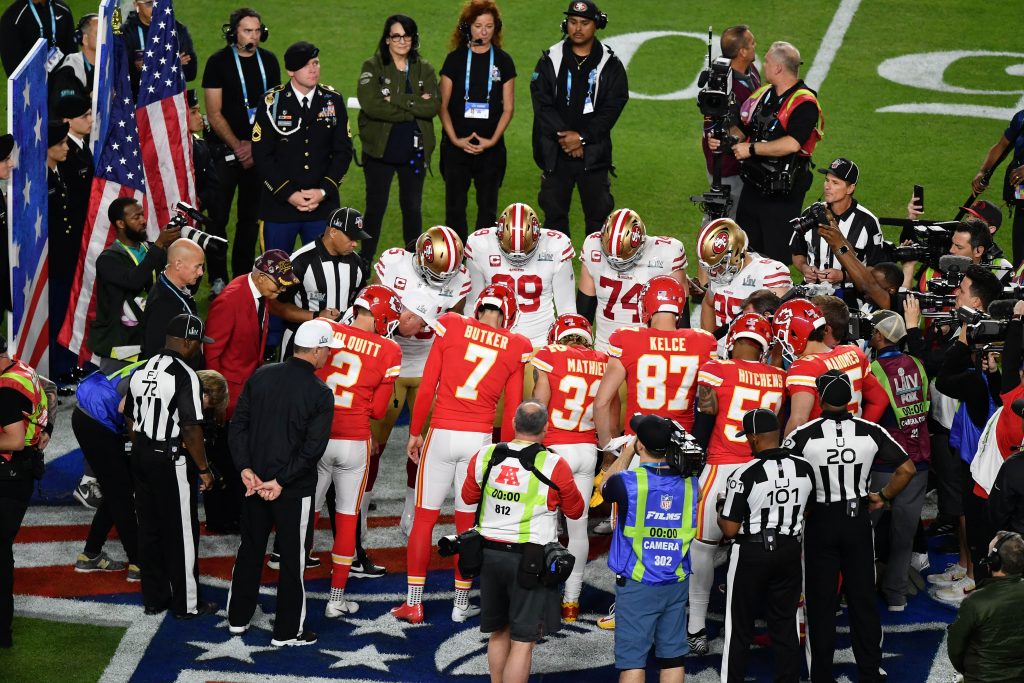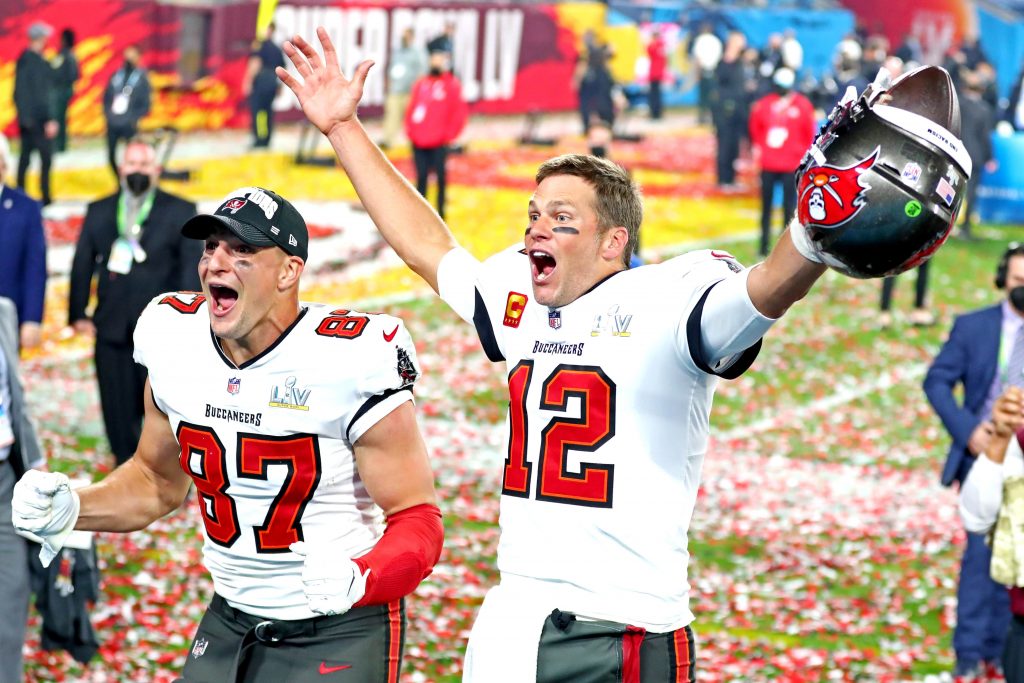
A simple mantra to have when gauging your success in sports betting is are you right more times than you are wrong? It’s a challenging feat to accomplish on a daily basis, one that even professionals constantly struggle with. The futures market provides the necessary legroom to stretch your opinion and your money across multiple days and multiple games, but when is the right time to give yourself more time to be right?
The goal of this column is to assist you with answering those questions, as we take a closer look at some of the biggest pros and cons to futures, and illustrate a practical approach to betting them.
Identifying your time horizon
Daily betting on single events is quick and satisfying, thus the biggest push back against futures that you often hear from novices is how they prefer seeing the money back in their account immediately following each game. But with patience, comes opportunity.
“Some people won’t bet futures because they don’t want to tie up their money for a long period of time,” said Circa Sportsbook Operations Manager Jeffrey Benson. “This could lead to more opportunities for more patient bettors to find value in the futures markets, as they have less competition for good bets.”
Think quality over quantity. Your bankroll will be reduced, which will limit your volume, but you have a better chance of making more impactful bets that have the potential to provide you with a bigger edge over the market. A sound approach is to allocate a small percentage of your portfolio every season to futures. Maybe start with 10%. This is money you should be willing to part ways with for an extended period of time, at least 3-4 months.
Find Your Perceived Edge

CREDIT – Jason Vinlove (USA Today)
After you’ve accepted being without a chunk of your bankroll for the entire season, it’s time to calculate your “perceived edge” over the market. This is really just a fancy phrase for saying how confident you are that something will occur while taking into account the odds.
For example, if someone offered me +105 that a coin flip would land tails, I would handicap a 5% perceived edge on the market since I’m 100% confident the fair value odds should be +100.
Obviously, this kind of mental math is not an exact science when trying to predict the outcome of sporting events. There are variables constantly in flux, but more experienced bettors clearly see the overall value in using softer numbers to their advantage, while simultaneously mitigating the randomness involved with individual game betting.
“I find that I’ve been far more accurate when it comes to futures than betting individual games, and am willing to wager larger on it when I find spots I like,” said DraftKings Content Specialist Julian Edlow. “Anything can happen in an individual game, and while the same can be said about a season, I feel the larger sample size I give myself on a team I believe in (or am looking to fade) the more of a chance I give myself for my analysis to come to fruition.”
Embrace volatility

CREDIT – Mark J. Rebilas (USA Today)
When it comes to the futures market, volatility is your best friend. Thus, seasons with smaller sample sizes, like the NFL, are very intriguing. For example, we’ve had two Super Bowl winners in the last five years with preseason odds of longer than +5000 (2017 Eagles, 2020 Bucs). That has not occurred in MLB since the 2003 Marlins won it all as preseason +7500 longshots.
Quantifying risk is also vital. Even if the 2003 Marlins suffered through an extended period of poor play or injuries during spring training or the regular season, they were so far down on the odds board already that the risk was minimal for them to fall any further.
However, the odds tend to move much faster in the other direction when there is positive news or momentum. The most recent example of this is Tom Brady signing with the Bucs. The Westgate SuperBook in Las Vegas opened Tampa Bay at +6000 on February 3rd last year, then moved to +4000 on March 2nd before Brady signed on March 20th. Later that summer, Tampa Bay was +1000 to win Super Bowl LIV, shaving 500% off the opening number before Brady even took one snap under center in a regular-season game.
If you’re willing to sacrifice a percentage of your bankroll every season in the name of making better bets over the long term, then the futures market can and should be used as an essential tool in the ongoing struggle to be right more than you’re wrong.
Make sure you also check out Jared Smith’s advice on how to bet better in the futures market
Pickswise is the home of free sports picks, news and best bets. Check out our expert NFL picks, MLB picks and for the latest game picks.














